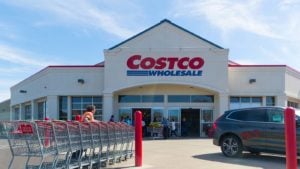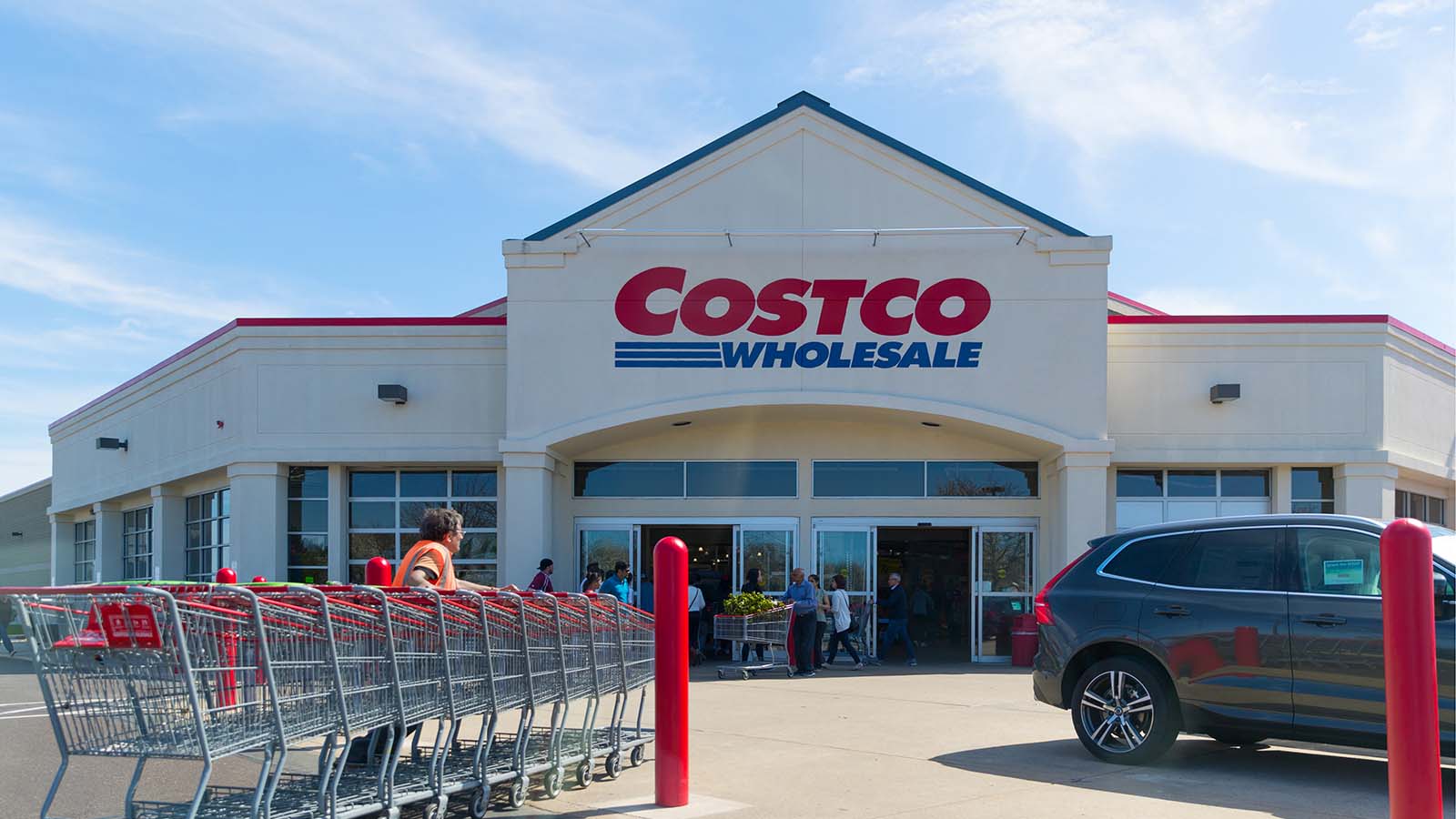I’d like to start this article on Costco (NASDAQ:COST) stock by saying two really important things. First, Costco is as good as it gets in the retail world.

Costco has been dominant because it has utilized two successful retail models: the warehouse retail model, which is successful because it optimizes convenience by putting everything under one roof and the membership retail model, which is successful because it enables Costco to sell goods at low prices. COST’s high-margin membership fees make up for any profits the company loses by selling products for low prices.
Second, Costco stock is a great long-term holding. In the long run, COST stock will hold its own against the likes of Amazon (NASDAQ:AMZN), Walmart (NYSE:WMT), Target (NYSE:TGT), and others. COST’s market share in the continuous- growth North America retail market will naturally stay steady. Its margins will also remain largely stable. Thus, the company’s revenues and profits will march higher over time, propelling Costco stock higher.
But investors should not buy COST stock at its current levels.
Costco stock has been on fire in 2019. The shares are up 44% in 2019 amid a plethora of positive developments. But, while Costco is a great company, Costco stock is dramatically overvalued at its current levels.
Sure, hot stocks can keep going higher for a long time despite their high valuations But there are multiple catalysts on the horizon which could cause investors to become concerned about the valuation of Costco stock, ultimately causing COST stock to drop by a large amount.
Costco Stock Is Overvalued
Put very simply, Costco stock is overvalued.
Costco operates in the North American retail market, which is growing steadily, due to population growth, labor force growth, and wage gains. But the retail market is not growing rapidly. U.S. retail sales have been rising all year long at a 3%-5% clip. Canadian retail sales have been growing at a 1%-4% clip. Thus, North American retail sales are currently increasing 1%-5%.
Costco’s share of this market has been rising. Its comparable sales growth has been north of 5% for more than two years. It will likely continue to gain market share as the retail world consolidates around a few central players. But its revenue growth probably won’t be too impressive. Costco’s revenue growth has been stuck in the 5%-10% range for the past decade. It will stay stuck in that range for the foreseeable future.
Its gross margins have peaked around 11%, as they haven’t risen much in over two years. At the same time, Costco’s comparable sales growth trends have slowed from about 7% in fiscal 2018, to about 6% in FY19 to roughly 5% in fiscal Q1. As a result, Costco’s profitability hasn’t climbed much. These dynamics should persist, so Costco’s margins are likely to be stable going forward.
So, at best, Costco’s earnings growth is likely to rise about 10% over the next several years. Costco stock trades at 34 times analysts’ average forward earnings estimate. That is a ridiculously rich multiple for a retail stock. Simply consider that the entire consumer discretionary sector trades at a much lower forward earnings multiple of 22, and its projected earnings growth rate of 12% is higher than Costco’s earnings growth.
In other words, Costco’s valuation has exceeded its fundamentals, and that makes COST stock dangerous.
Negative Catalysts on the Horizon Present Huge Risks
The scary thing about Costco stock isn’t its excessive valuation. Rather, it is the fact that there are multiple excessive catalysts on the horizon which could spark a major decline by COST stock.
On the bright side, the economy and consumer spending are improving thanks to easing U.S.-China trade tensions. But, nonetheless, Costco’s sales trends are deteriorating. Its comparable sales growth has slowed from about 7% in FY18 to roughly 6% in FY19 to 5% in Q1. The growth of the company’s e-commerce sales has slowed from 20%-plus throughout most of 2018 and 2019 to less than 20% over the past three months.
In other words, Costco’s growth has been slowing for years. At the same time, its margins could come under pressure because the company may be forced to invest more to offset rising e-commerce competition.
So Costco stock could be hit with slowing growth and falling margins in 2020. That combination is a recipe for disaster for a richly valued growth stock.
The Bottom Line on COST Stock
Costco stock is a long-term winner that’s trading at a highly unattractive valuation. The game plan for COST stock, then, is simple. Let the company’s slowing growth and stagnant margins pop the bubble of Costco stock in 2020 Then, once the stock falls back towards the $250 level, consider buying the shares on weakness.
As of this writing, Luke Lango was long WMT.
